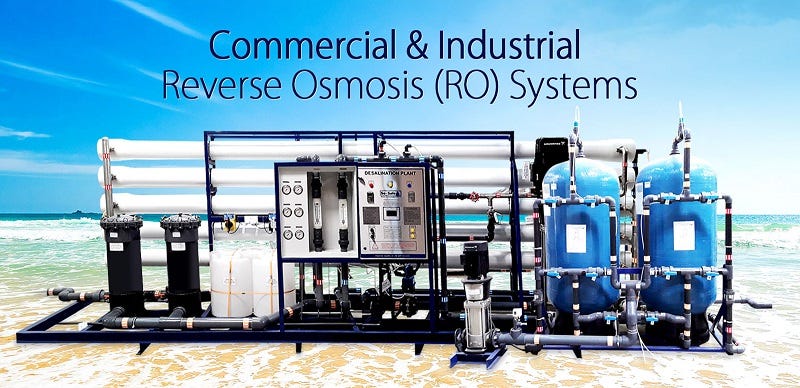You Are Maintaining Your Unit As Advised By Ro Plant Manufacturing Companies In Saudi Arabia.

If proper maintenance is done, a high-quality reverse osmosis drinking water system will last for many years. RO plant manufacturing companies in Saudi Arabia have been in this niche for several years and have checked into several RO systems in past years. The following is what it takes to make your system last longer:
Regular Filter Changes
You need to pay a lot of attention to the filter change schedules in the manual of your RO system’s owners. You need to know exactly what filters are in each stage of your system according to your owner’s manual and pay careful attention to when each filter is due for replacement with your RO system. It might have three or four or five stages.
Sediment Filter:
Every 12 months, your sediment filter should be changed out. To strain out the sediment, dirt, and silt, this pre-filter stage is designed and as the sediment filter protects dirt from getting to the delicate RO membranes is how this pre-filter stage is designed. Dirt and silt can reach the RO membranes, which can then easily become foul and clogged if you fail to change this filter on schedule.
Carbon Filter:
To remove the chlorine and other contaminants affecting the performance and life of the RO membrane as well as the taste and odor of your water, the carbon filter is designed accordingly. Every 12 months, this filter should be replaced.
Reverse Osmosis Membrane:
It can filter out almost all additional contaminants through the semi-permeable RO membrane in your RO system is designed to allow water through. The RO membrane should only need to be replaced every two to three years if you take care to replace the previous sediment and carbon filters on schedule. Based on the quality of your water and household water usage, the schedule will vary.
Polishing Filter:
A final post-filter will be polishing off the water to remove any remaining taste and odor in the water in a four-stage RO system. To make sure that you have outstanding drinking water, this final filter takes care of.
It will also cause a decrease in water production, with the failure to change out the filters per their replacement schedule can not only cause damage to the system. It may be an indication that your filters have reached the end of their life span if you notice a decrease in water flow from your RO faucet.
How to Clean and Sanitize Your System Annually
At a time when you are changing out filters, we recommend that you sanitize and recharge your system annually. To do the job by hiring a local water treatment professional who has the right experience.
You will want to consult your owner’s manual for specific details on how to sanitize your system if you are cleaning yourself, and the following are the ways:
· Shut off the main valve completely
· Dispensing all of the water from your RO faucet
· Removal of the sediment and carbon filters from their housing
· Removal of the RO membrane from housing
· Keeping the filters out of their housings, but screw the housings back in place
· Pour about 1 cup of hydrogen peroxide into stage one housing.
· Reattach all connections


